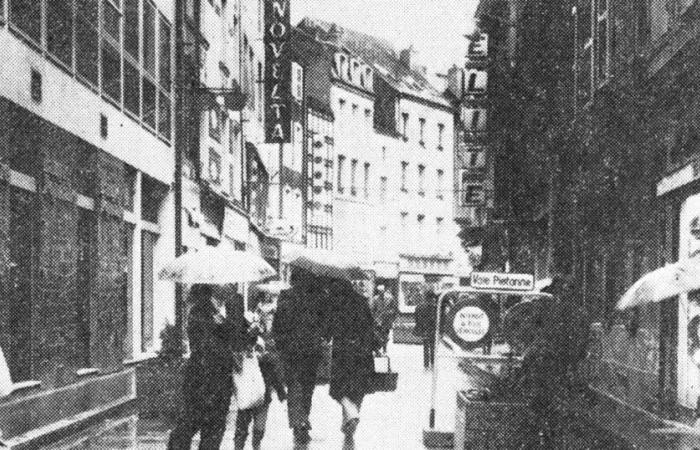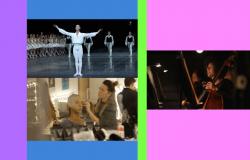
It was November 30, 1974. That day, after Nancy and Metz, Thionville opened its very first pedestrian route, in the city center. The oldest remember that it is the rue… Brûlée. In 1974, the street had twenty-nine commercial activities over the hundred meters between rue du Four-Banal and rue de Paris. Its width, which varies between 14.50 meters and 7 meters, makes it a funnel in which car traffic jams up until it hits a “Stop” sign. As for the sidewalks, wedged between the facades and the cars, they encourage people to hurry more than to linger in front of the windows! Aware of the problem, the neighborhood's merchants (with one or two exceptions) therefore began to think about the advantages of a pedestrian lane, and the municipality issued an order in this direction. This is first of all a test before considering expansion to other arteries.
This content is blocked because you have not accepted cookies and other trackers.
By clicking on “I accept”cookies and other trackers will be placed and you will be able to view the contents (more information).
By clicking on “I accept all cookies”you authorize the storage of cookies and other trackers for the storage of your data on our sites and applications for personalization and advertising targeting purposes.
You can withdraw your consent at any time by consulting our data protection policy.
Manage my choices
I accept
I accept all cookies
A decree and works
Of course, pedestrianization rhymes with exemption. Article 2 of the decree stipulates that cleaning service vehicles and delivery vans can travel on the street at a speed lower than 15 km/h, from 6 a.m. to 10 a.m. Public service and health service vehicles and local residents' cars having access via this single route to a private garage space are authorized to drive there at any time. To materialize the change, work took place despite the bad weather of November 1974. In a first stage, the sidewalk on the right side, rue de Paris, was extended and a sidewalk blocking the street, on the rue du Four-Banal side. Which clearly demarcates the pedestrian street. A “boat” is set up to facilitate the passage of vehicles and two benches and five sets of green containers decorate the street. In a second stage, the sidewalks will be completely eliminated and the roadway covered with paving stones with a central gutter.
Failure rue des Deux-Places
In subsequent years, other streets in the city center will be opened up to pedestrians. Not without some difficulties sometimes. As for the rue des Deux-Places, closed to cars, then finally reopened in 1976 in the face of unfavorable reactions. In fact, it was considered that the composition of the businesses in this connecting artery could not work with pedestrianization. Also in 1978, a three-month test was launched on a portion of rue du Four-Banal and place Au-Bois. For or against the extension? The letters reaching town hall are mixed on this subject. Finally, in 1979, rue du Four-Banal, place Au-Bois and part of rue du Manège joined rue Brûlée.





